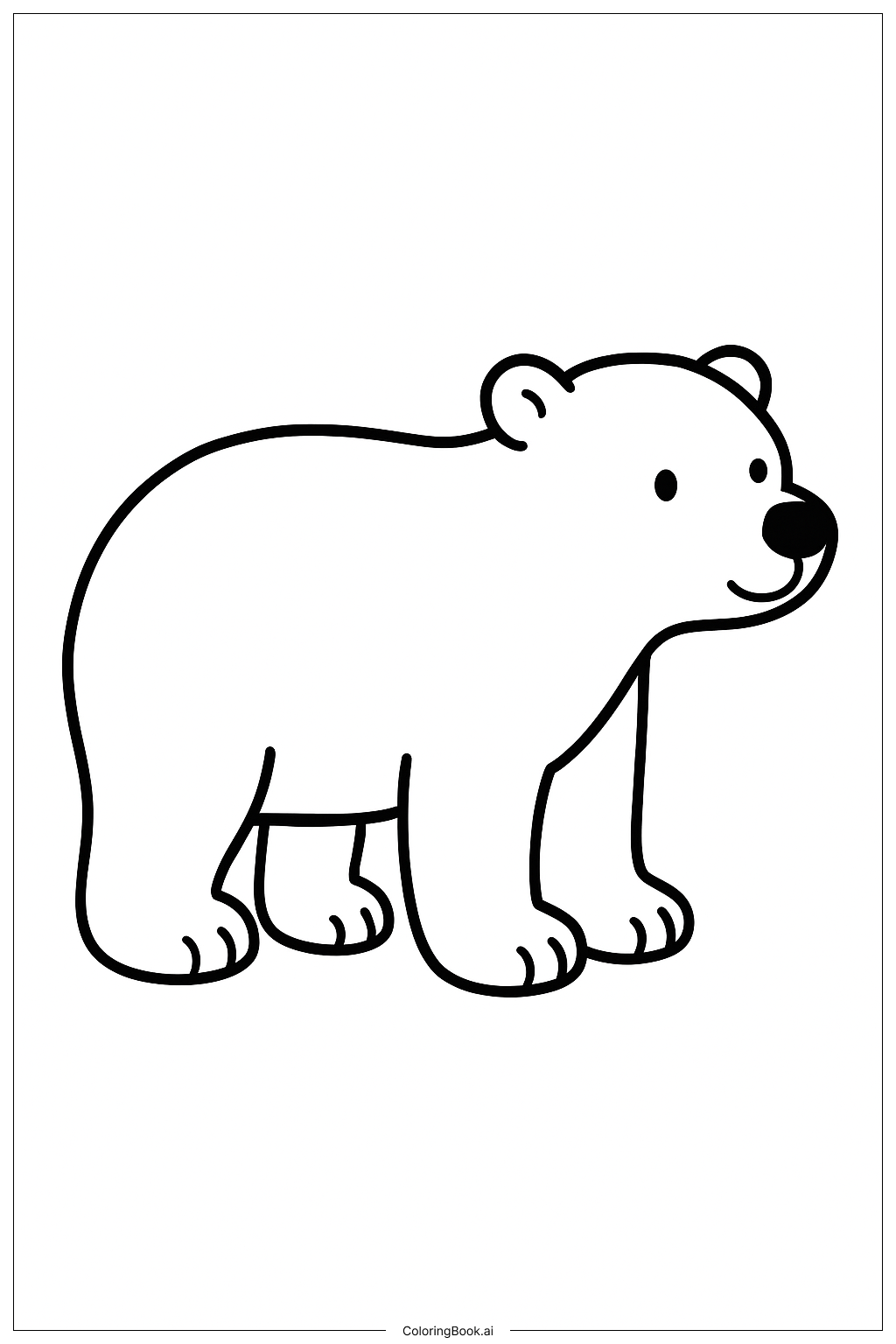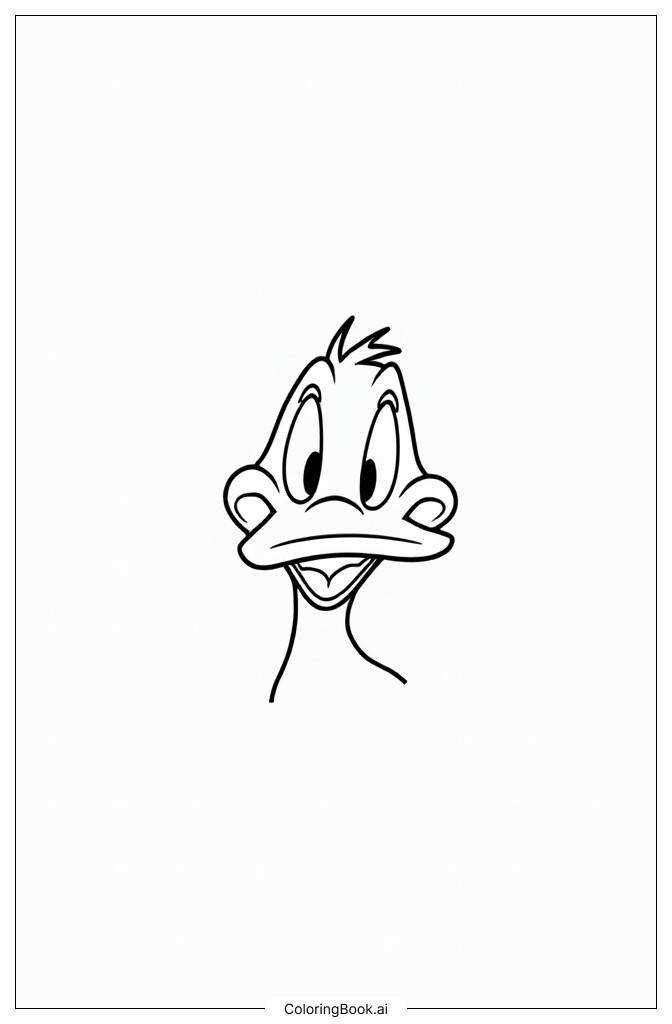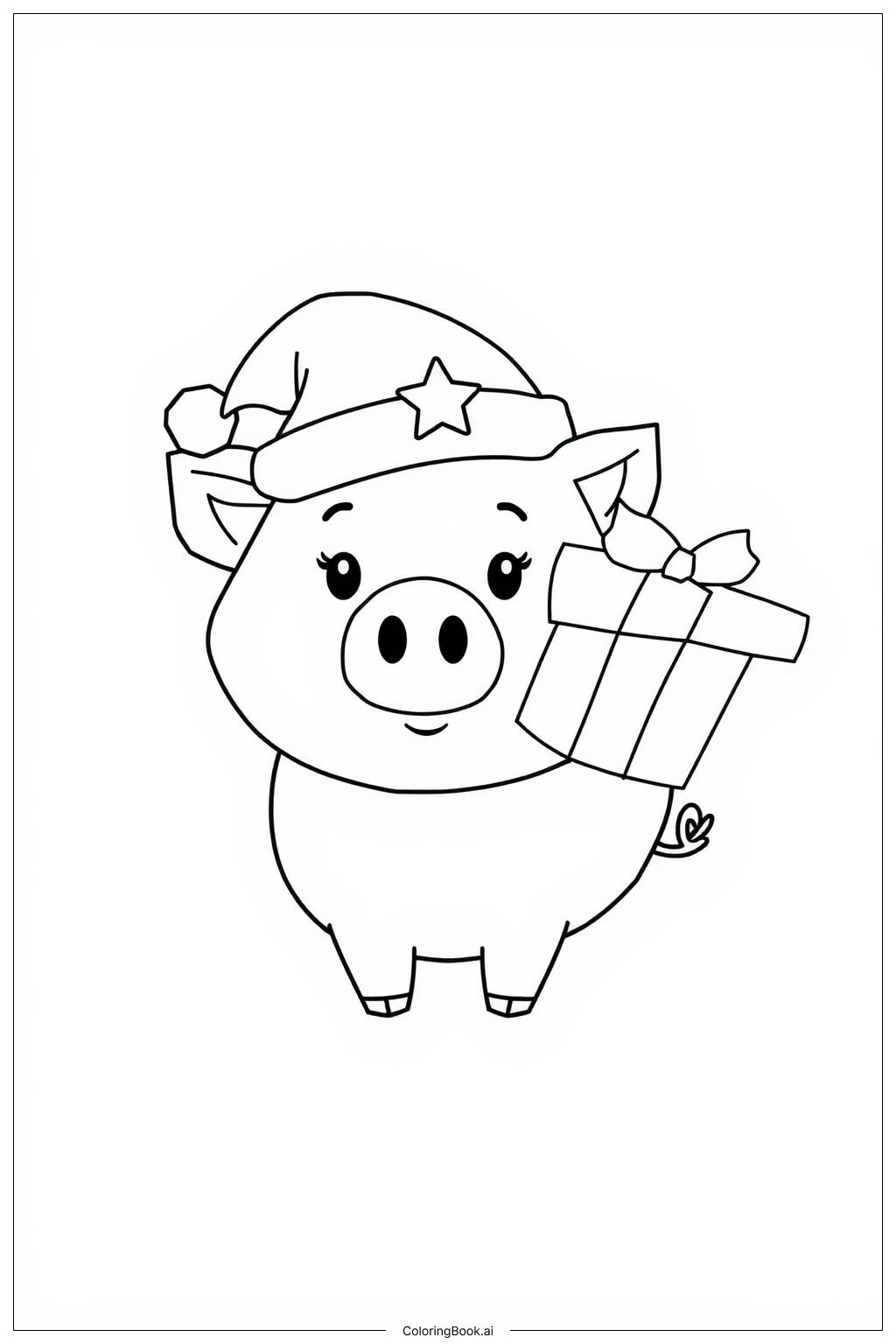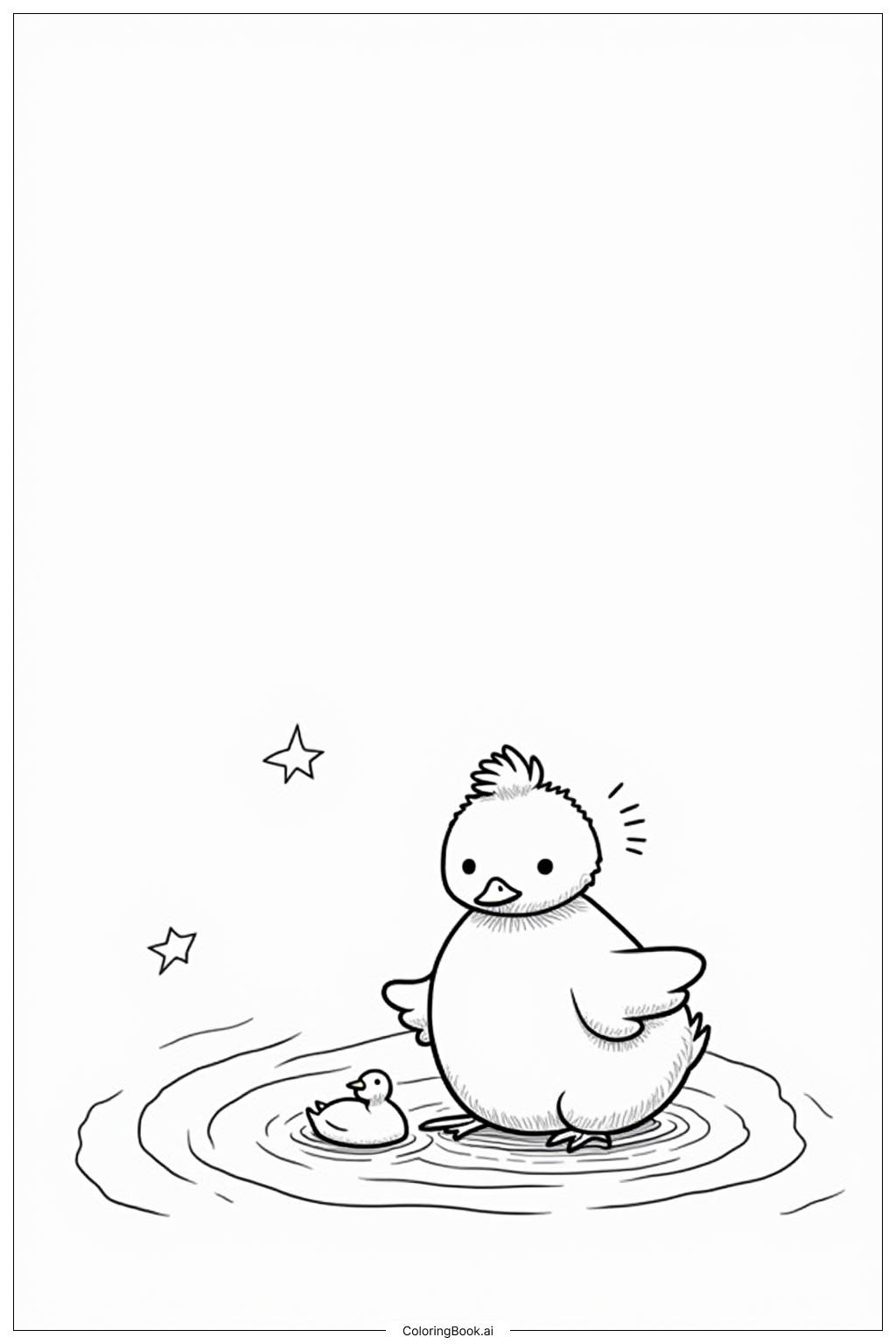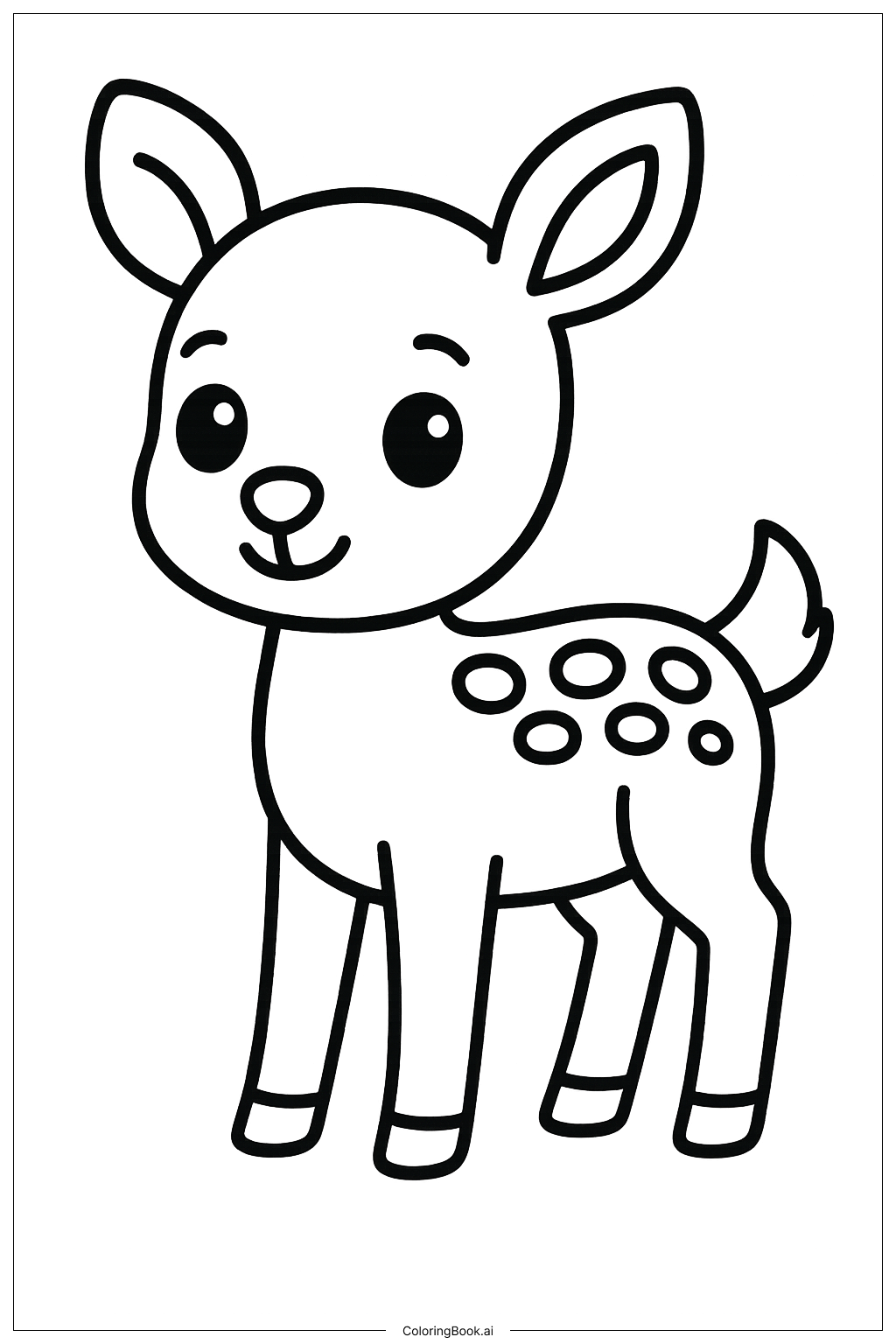Coloring tips: How to color A Simple Polar Bear From Arctic Animals coloring page well?
Use light gray and white colors for most parts of the polar bear's body to represent its natural fur color. You can add a little bit of light blue or soft gray for shading and to give the bear a gentle shadow effect. The nose should be colored black. For the background, try drawing and coloring ice, snow, or the Arctic landscape with light blues and whites to make the picture more realistic and fun. Keep the colors soft and calm to mimic the cold environment where polar bears live.
Coloring challenges: Which parts are difficult to color and need attention for A Simple Polar Bear From Arctic Animals coloring page?
1. Coloring the body evenly can be hard because the polar bear is mostly white, so it needs gentle shading to look natural. 2. The small paws and facial details like eyes and nose are tiny, so coloring neatly in those areas requires careful hand control. 3. Adding shadows and highlights to make the polar bear look 3D takes practice, especially using soft colors. 4. Choosing colors for the background that blend well but don’t hide the bear might be tricky. 5. Keeping the smile and friendly expression clear while coloring around it can be challenging.
Benefits of coloring books: Advantages of drawing A Simple Polar Bear From Arctic Animals coloring page
Coloring this polar bear helps children learn about Arctic animals and their appearance. It improves fine motor skills by practicing coloring inside the lines, especially on small details like the paws and face. The simple and clear shapes provide an easy and fun coloring experience suitable for young kids. It also encourages creativity when adding colors to the background and shading the bear. Finally, coloring this image can boost concentration and patience while offering a relaxing and enjoyable activity.
